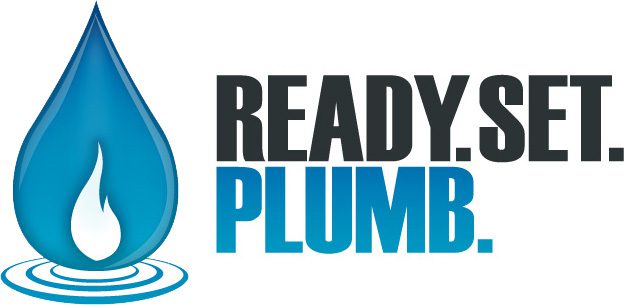 Wet wipes were created to keep babies clean when it was time to change their diapers, but now, they’re among the most common toiletries we use. We use them in our car, in our living room, in our dining room, and even in the office. We can probably consider wet wipes as one of the best things that were invented in the 20th century.
Wet wipes were created to keep babies clean when it was time to change their diapers, but now, they’re among the most common toiletries we use. We use them in our car, in our living room, in our dining room, and even in the office. We can probably consider wet wipes as one of the best things that were invented in the 20th century.
If we were to describe wet wipes in one word, it would be convenience. How awesome is it to have a toilet paper-like material that not only wipes away the dirt but also cleanses the area and leaves things clean and fresh?
Unfortunately, wet wipes have issues when it comes to its disposability.
Clogged sewers are common
According to one article from the Washington Post, clogged sewers are now common in the USA and authorities are blaming wet wipes as the number one cause for causing clogged sewers. The manufacturers of the wet wipes, however, defend that their products underwent testing to ensure that it was okay to flush them down the toilet. Are wet wipes really flushable? Sewer workers and plumbers don’t think so.
A fatberg
A fatberg refers to a mass of solidified grease and oil found in sewer pipes and these start to form on sewer roofs. These masses eventually form into sewer stalactites and they keep congealing more fat until they clog the sewers completely.
These ‘fatbergs’ are not all fat or grease. Sewage workers in London found out that fatbergs have rolls of wet wipes that were never broken down by the water and they served as the base for the formation of these fatbergs. That means every time you flush one wet wipe down the toilet, they start to accumulate gunk and oil until they start to become a fatberg.
Bottom line: don’t flush
Sewer authorities beg the community not to flush wet wipes down the toilet. You don’t really want to see what an actual fatberg looks like, do you? The description alone is disturbing enough. Unlike toilet paper, wet wipes are harder to break down and tear up.







